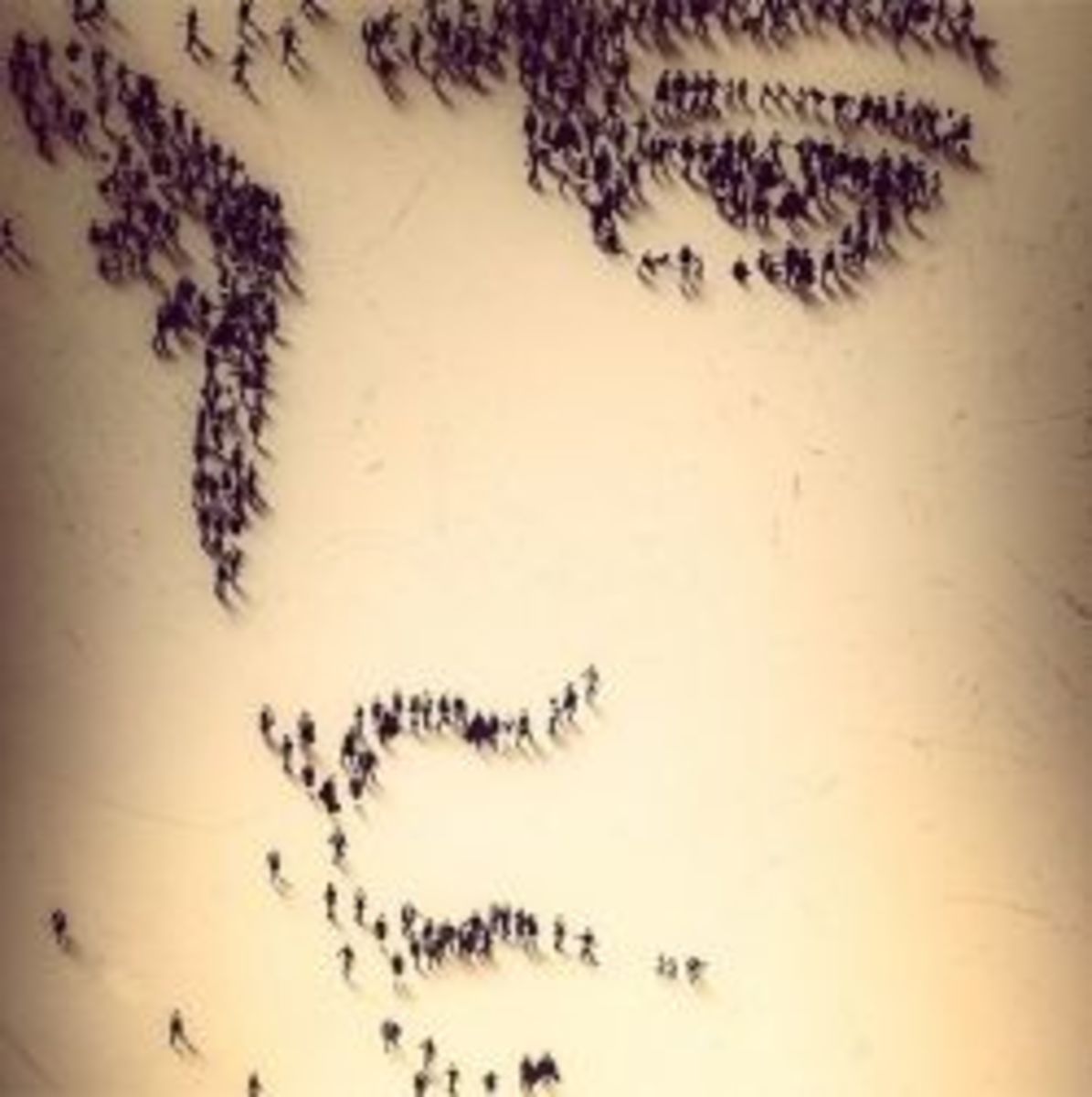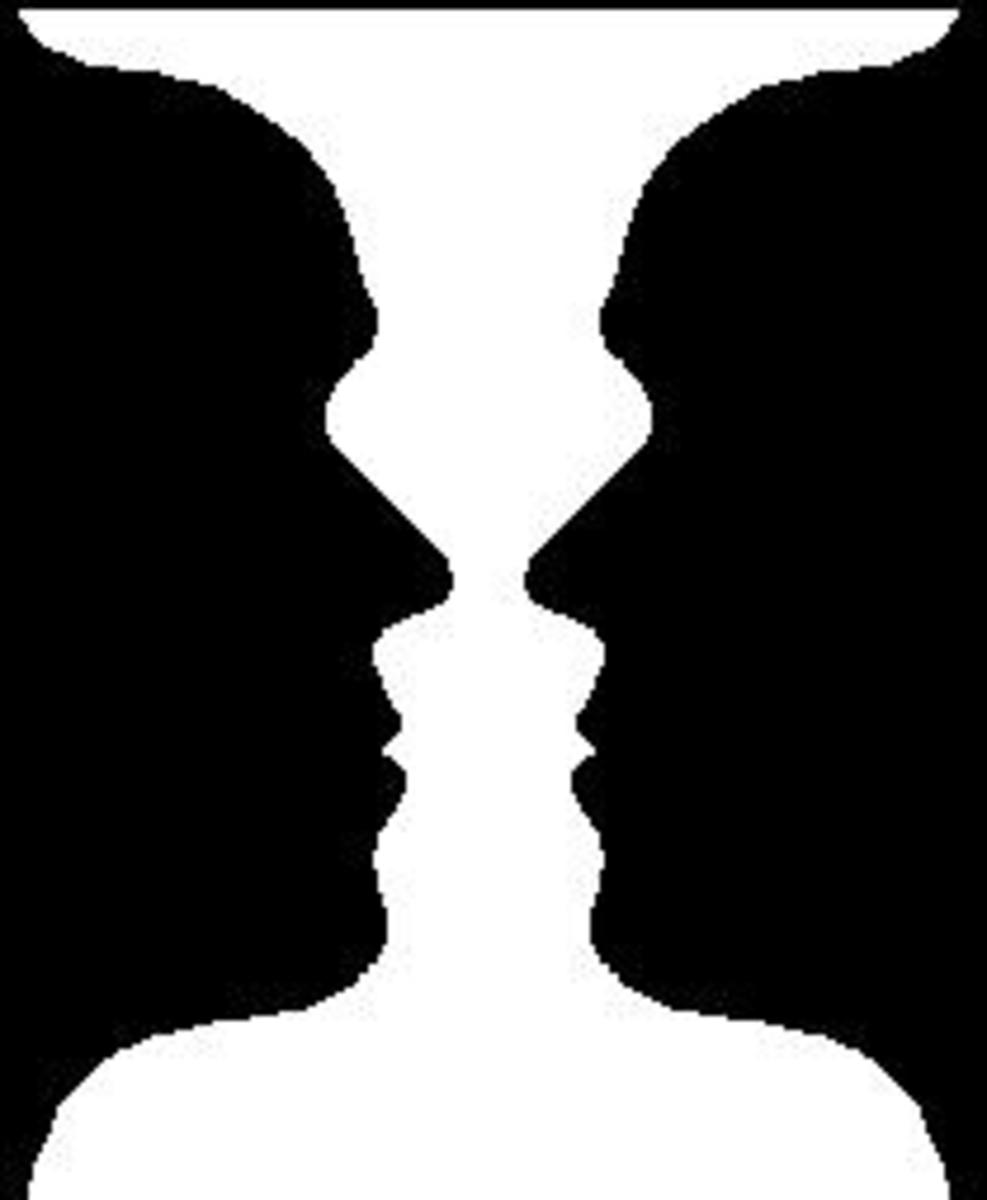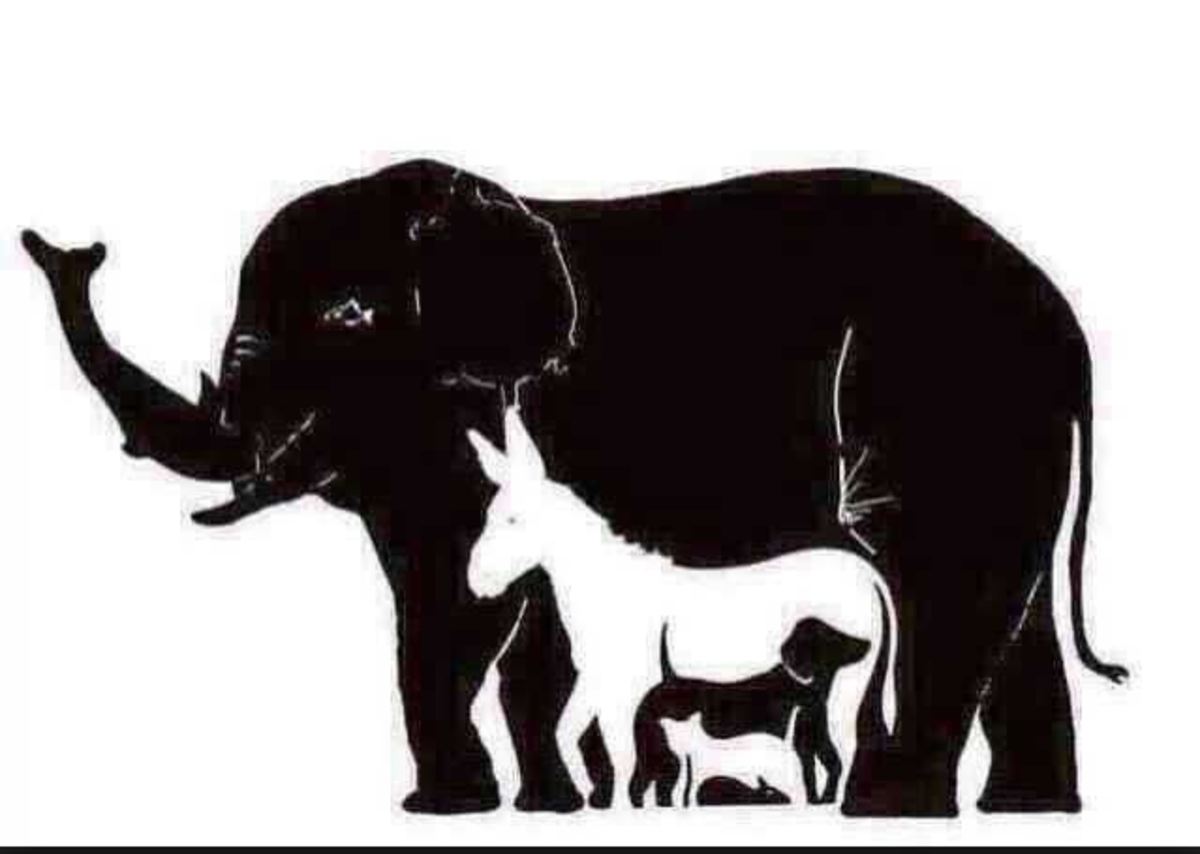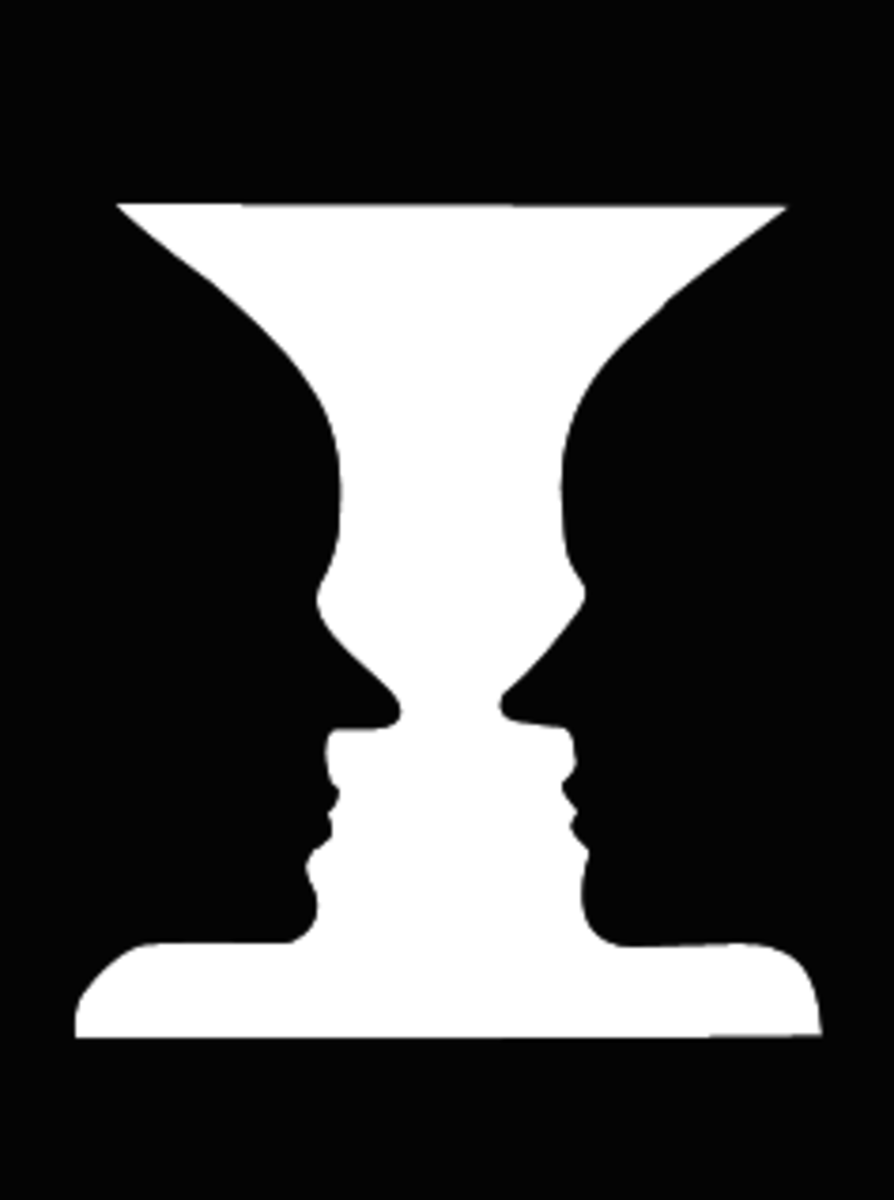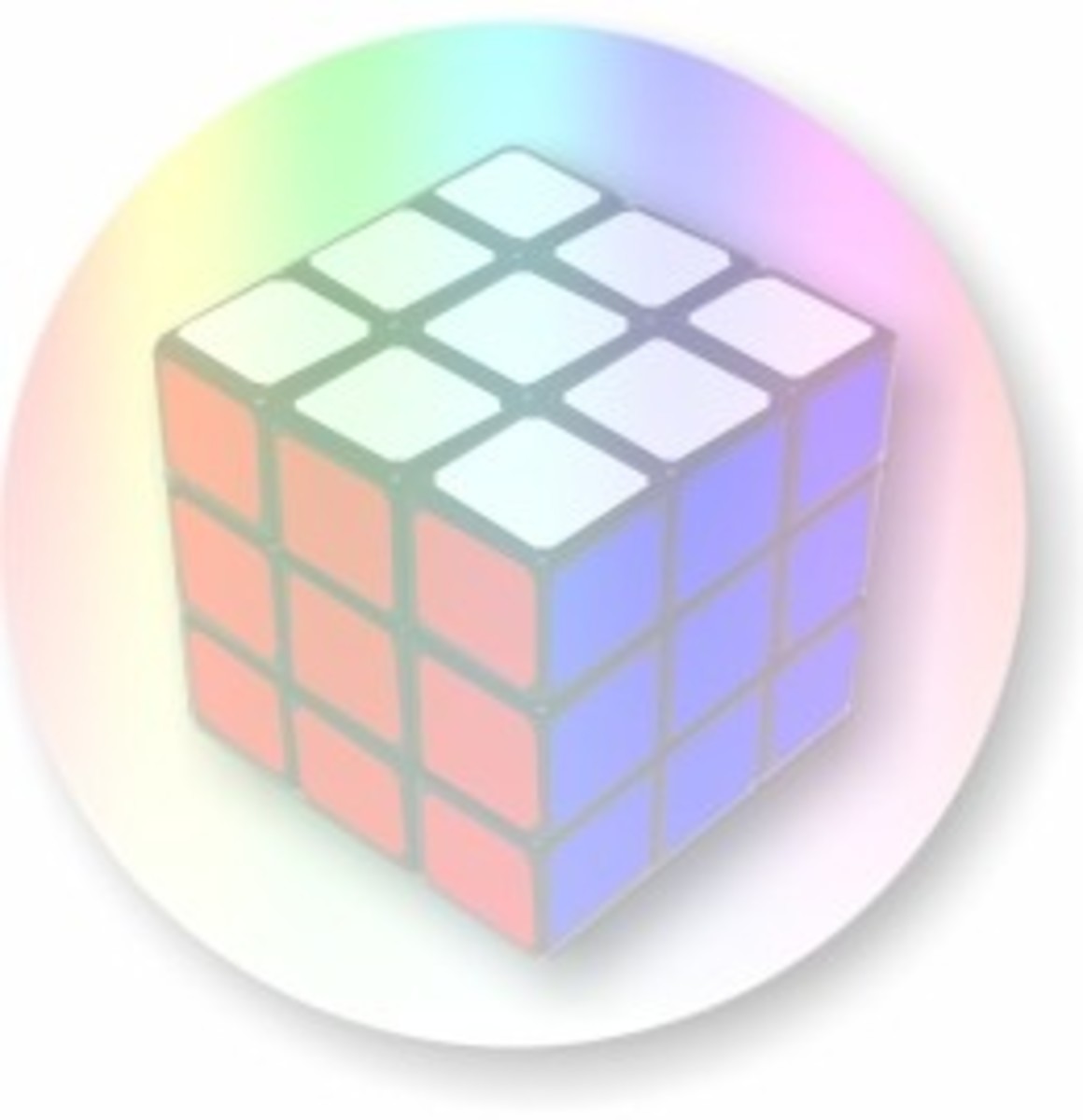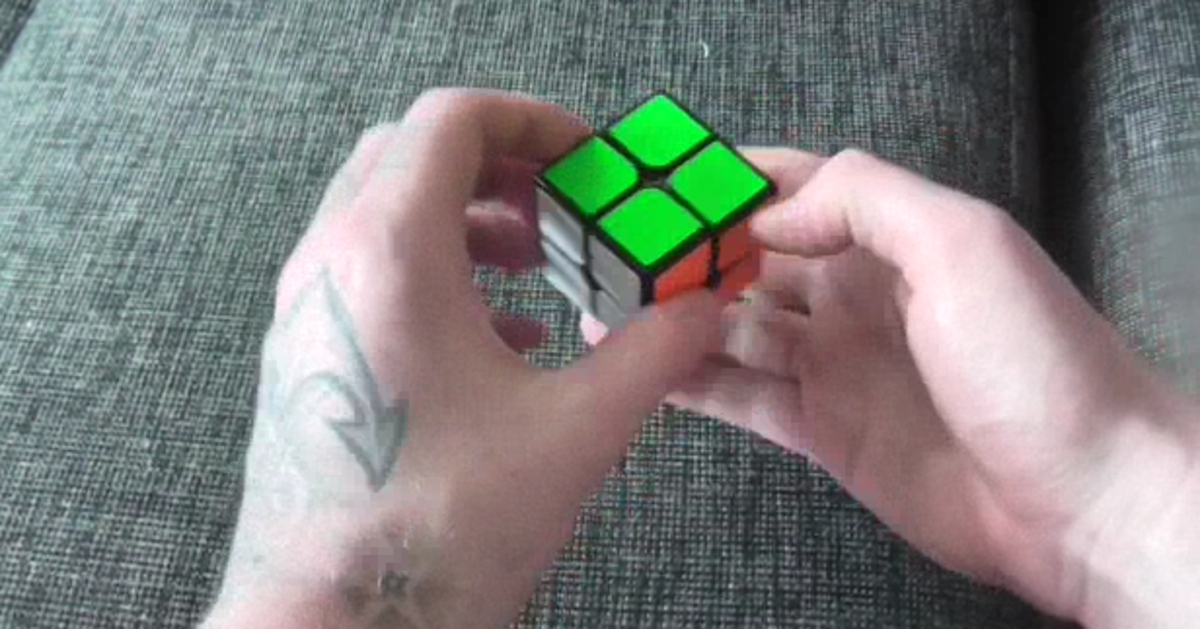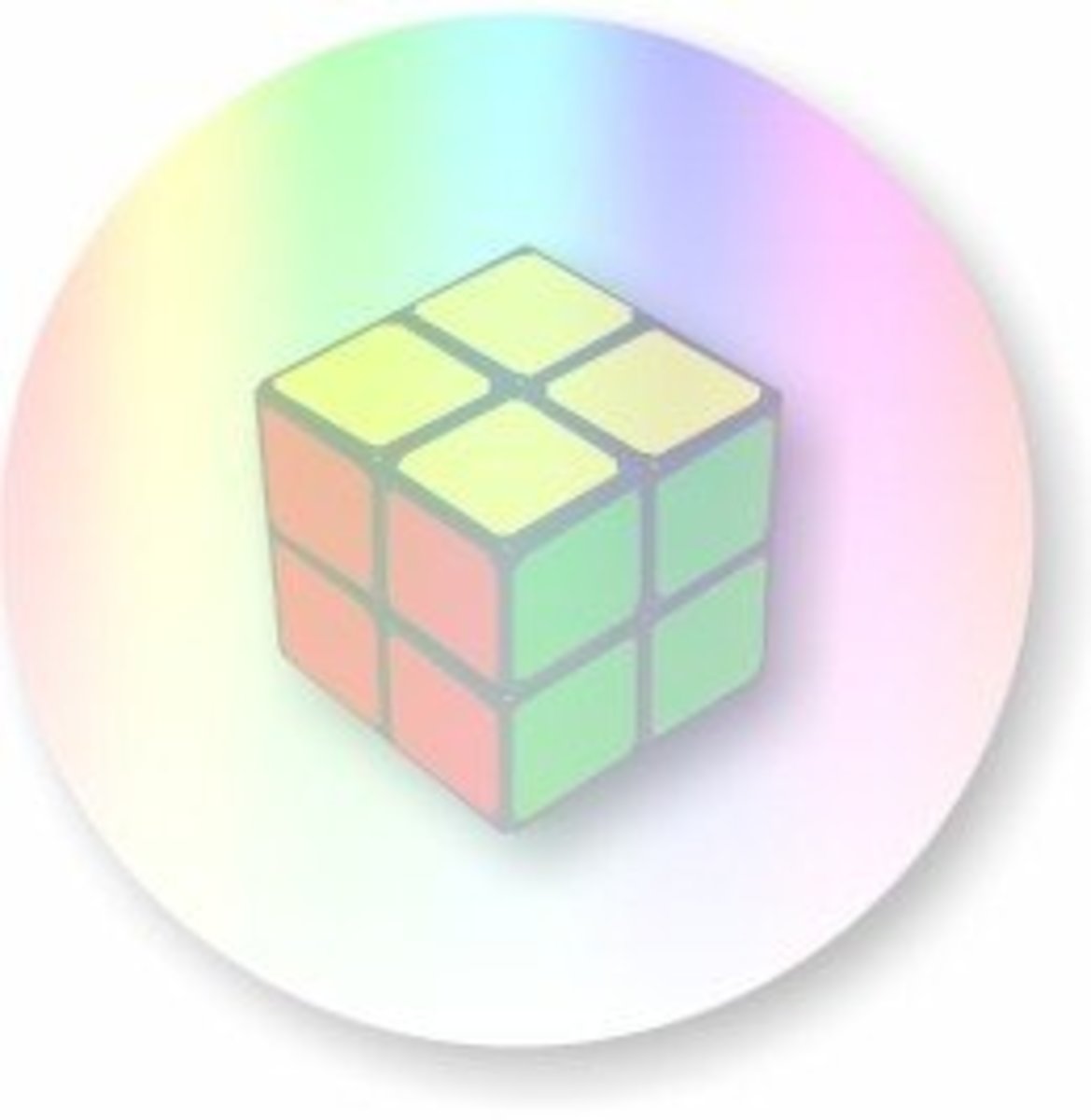Optical Illusions
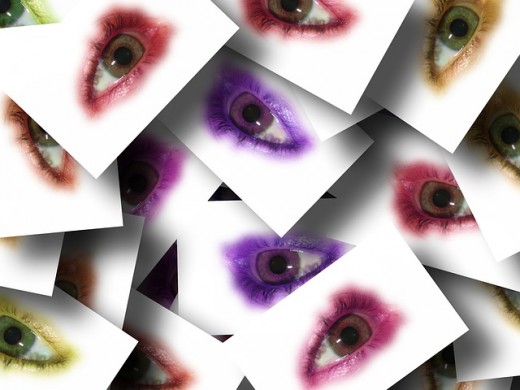
Introduction
To understand Optical Illusions, you must first understand how the human eye 'reads' an image. This process is better explained by understanding the following concepts and how they relate to not only visualising the world around you. But also to the interpretation of visual illusions. These concepts include:
- Form Perception;
- Feature Analysis;
- Gestalt Principles;
- Figure;
- Perceptual Hypothesis;
- Depth and Distance Perception;
- Binocular Cues;
- Monocular Cues; and
- Perceptual Constancy.
An example of different visual illusions is then presented in the form of a youtube video. The concepts presented and discussed are applied to the visual illusions shown in the video. In this way, the information presented is 'applied' to existing visual illusions to demonstrate how the concepts themselves are relevant. And how they explain how we are so highly susceptible to being deceived by visual illusions.
Form Perception
Form perception depends on both the selection and interpretation of sensory inputs. Reversible figures “a drawing that is compatible with two explanations” (Weiten, 2014, p. 112) and perceptual sets “a readiness to perceive a form in a particular way” (Weiten, 2014, p. 112) show subjectivity of experience by demonstrating that “the same visual input can result in very radically different perceptions” (Weiten, 2014, p. 112).
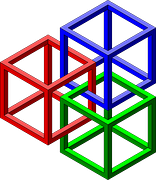
Feature Analysis
Feature analysis implies people notice specific elements in stimuli before others and then build on them to recognise form. This can be accomplished via bottom-up processing “individual elements to whole” (Weiten, 2014, p. 113) or top-down processing “whole to individual elements” (Weiten, 2014, p. 113).
Gestalt Principals
Gestalt principals illustrate “that the whole can be greater than the sum of its parts” (Weiten, 2014, p. 114) and that how the brain processes visual stimuli into recognisable forms is influenced by a series of basic principles as well as how people group different stimuli depending on proximity, similarity, continuity, closure and simplicity.
Figure
Figure is seen more predominantly when things appear “smaller, higher in contrast or symmetry, and lower in one’s frame of view” (Weiten, 2014, p. 138) just as ground is dominant under opposing conditions.

Perceptual Hypothesis
Perceptual hypothesis is also emphasised in form perception, characterised as “interference about what form could be responsible for a pattern of sensory stimulation” (Weiten, 2014, p. 116).
Depth and Distance Perception
The perception of depth and distance is another important factor to accurately perceive sensory stimuli.
Binocular Cues
Binocular cues such as retinal disparity contribute to depth perception by relaying information that “objects within 25 feet project images to slightly different locations on the right and left retinas,… [Projecting] slightly different views of the object” (Weiten, 2014, p. 117).
Monocular Cues
Monocular cues however, provide information “about distance based on the image in either eye” (Weiten, 2014, p. 117) such as, liner perspective, texture gradient, interposition, height in plane, relative size and light and shadow.
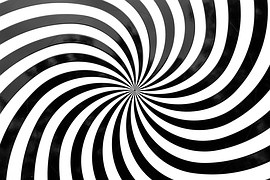
Perceptual Constancy
A perceptual constancy “the tendency to experience a stable perception in the face of continually changing sensory input” (Weiten, 2014, p. 118). This is demonstrated by human’s tendency to view objects as having a stable size, shape, brightness, colour, and location.
Now we have covered the basic concepts, let's return to how it all relates to visual illusions. This is done using an example as outlined in the introduction.

Visual Illusions
Visual illusions demonstrate the inaccuracy of perceptual hypothesis and again demonstrate that perception is subjective. Furthermore researchers have discovered cultural differences in how people perceive form again implying experience is relative to form perception.
The Example: (Brown Monkey)
To demonstrate these concepts using example two on the youtube clip posted by BrownMonkey “Best optical illusions in the world part 1” which can be found at http://www.youtube.com/watch?v=o1BXxYGu_vI. Additionally the youtube video is available to play (to the right for desktops and bellow for mobiles).
Best Optical Illusions In The World
First and foremost the image introduction states “The first time you look at this picture you will see two old people but look closer and you’ll see a man playing a guitar” (Monkey, 2007, p. 0.17). This implies a perceptual hypothesis as you have been prier informed about what you will see.
Furthermore it also induces top-down processing as you view the whole (the old people) before the elements that comprise it (the man playing a guitar). This figure is also reversible, it can be viewed as two elderly people close together or two miniature people sitting in two doorways either side of one another.
Pictorial depth cues are evident as well linier perspective creates the hallway on the man’s scalp. Texture gradient is shown in the man’s ear as the picture becomes less vivid. Relative size is demonstrated by different aspects including the curtain that makes the woman’s hair is viewed as closer. Light and shadow is also used to create the three dimensional image perceived.
Reference List
Monkey, B. (2007, Jun 14). best optical illusions in the world part 1. Retrieved April 25, 2014, from youtube: http://www.youtube.com/watch?v=o1BXxYGu_vI
Weiten, W. (2014). Psychology, Themes And Variation (Vol. 9E). Belmont, CA: Wadsworth.
Conclusion
This article has touched on a number of common aspects of the phenomenon of visual illusions. Indeed, the magic is not lost when the mystery is explained. Visual illusions will remain to bring simple enjoyment to all sorts of people for centuries to come. An interesting question would be what part evolving technology will have in the type of visual illusions that develop over the years. One thing is for sure, it will definitely be an interesting and enjoyable experience.

